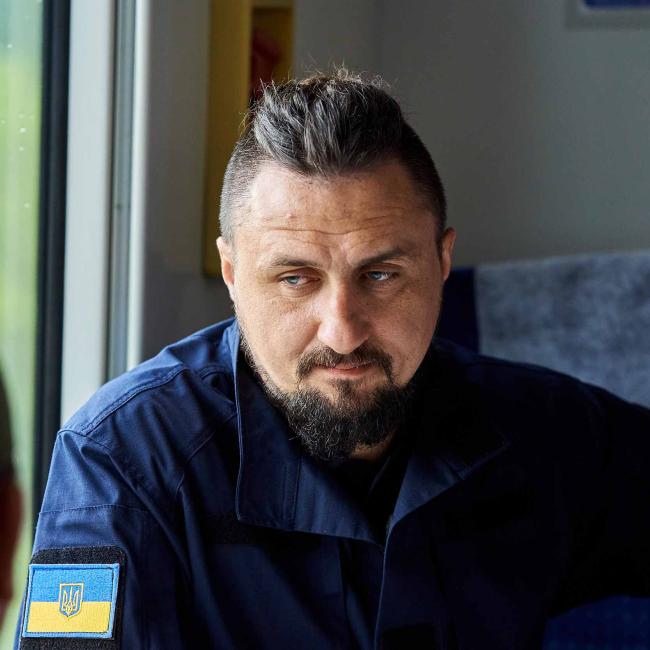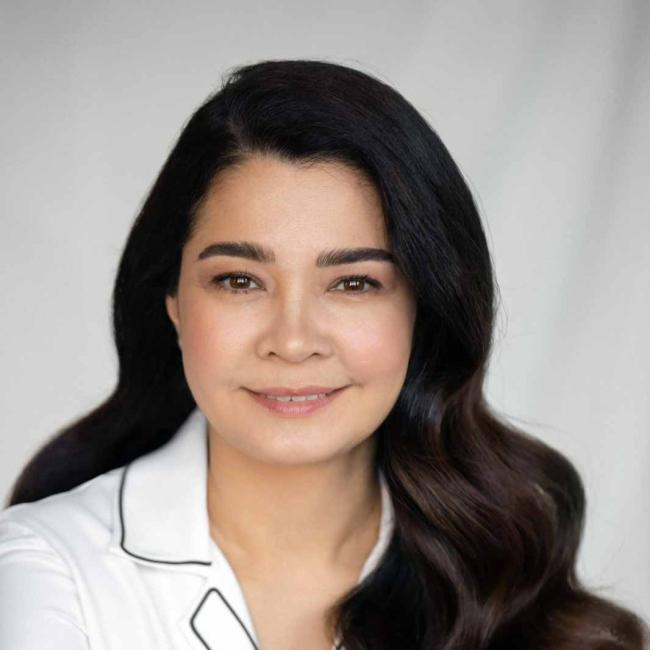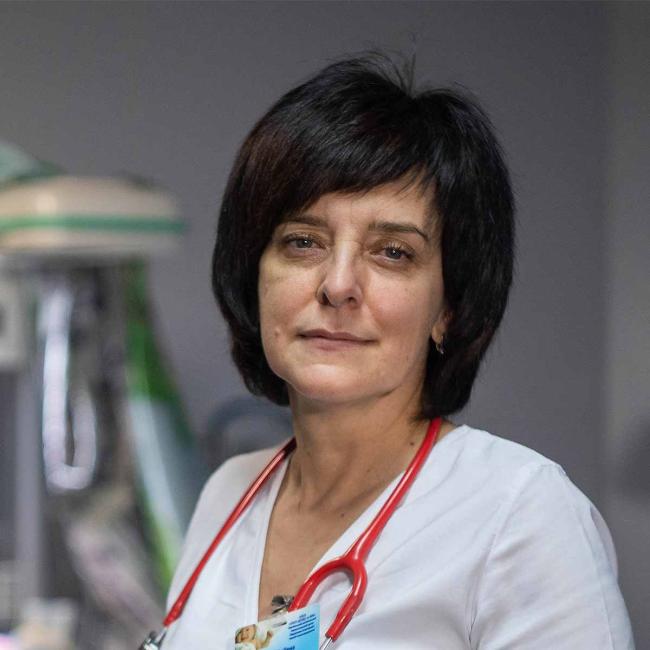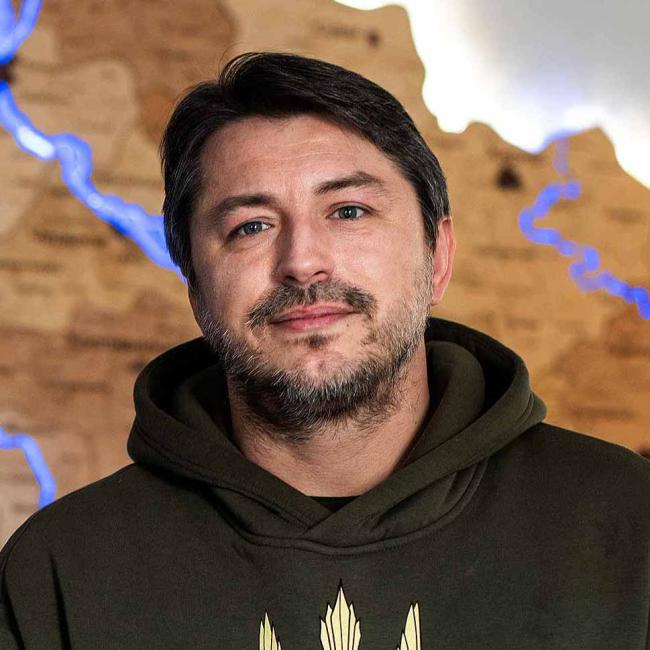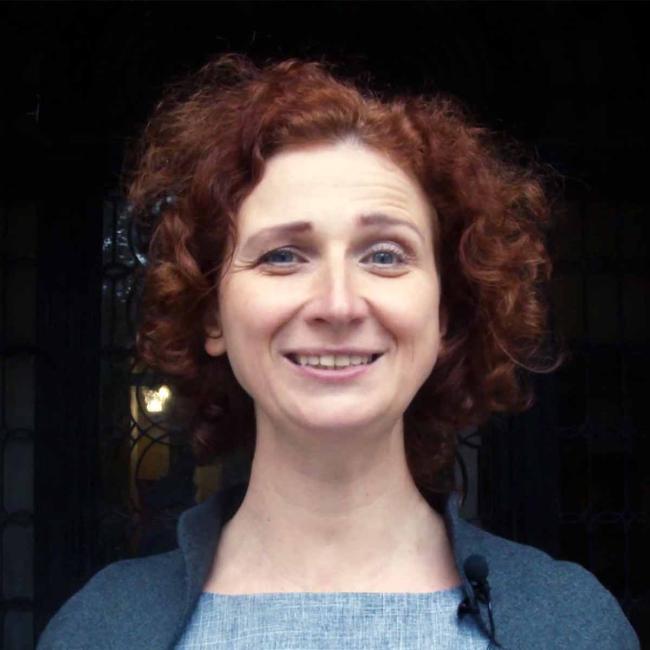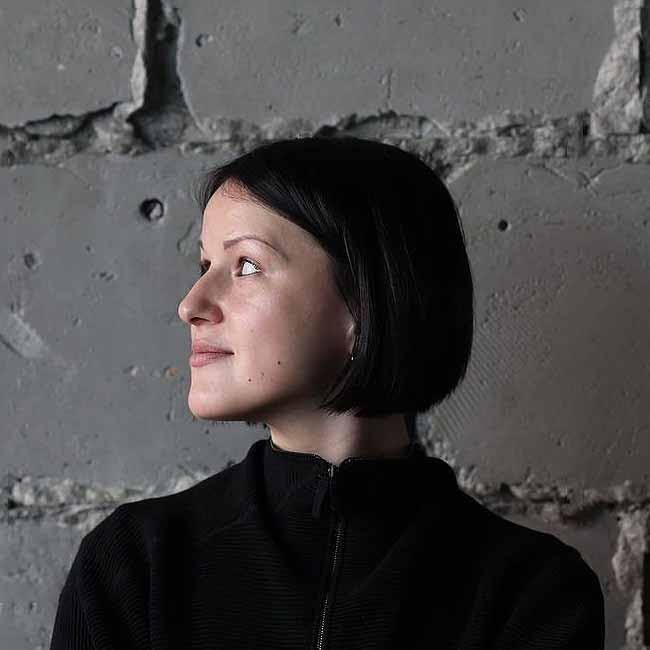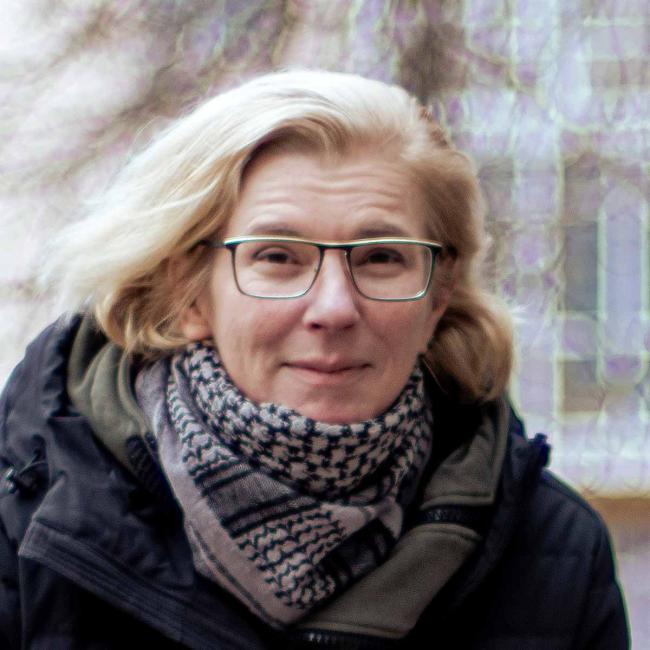UKRAINE
Ukraine: One Year On
IWPR looks at the impact of the full-scale invasion on ordinary Ukrainians.
Since February 24, 2022 Ukraine has withstood bombing, siege and unbearable atrocities. Russia’s full-scale invasion of Ukraine has brought the worst destruction Europe has seen since WWII.
But the Russian missiles have not shattered Ukrainians’ resilience.
While the international community’s assistance – including significant military aid - has been crucial, Ukraine’s vibrant civil society has shown its defiance through a myriad of everyday acts.
Trains take people to safety and deliver aid (on time). Celebrities fundraise, café owners keep the coffee flowing, and volunteers across the country dedicate themselves to protecting the country’s freedom and identity.
Here, IWPR profiles just a few of the ordinary people who kept Ukraine running over the last year.
EDITORIAL COMMENT
Ukraine Will Stand
Despite the severe risks and certain tragedies, the country has assured its dignity and forged a deeper sense of its own identity.
Anthony Borden
IWPR FOUNDER & EXECUTIVE DIRECTOR
IWPR FOUNDER & EXECUTIVE DIRECTOR
What Ukraine has won over the past 12 months can never compensate for what the nation and its enduring people have lost. But still there is much to commemorate on this bitter anniversary.
For the losses, at least 8,000 civilians have been killed, with 13,300 injured, 6,000 children abducted, and many thousands subjected to extreme human rights violations, including torture, sexual violence and war crimes. In the range of 15,000 soldiers may have been lost in battle.
“Above all, Ukraine has assured its dignity and forged a deeper sense of its own identity. ”

